Würzburg Residence Court Gardens Square
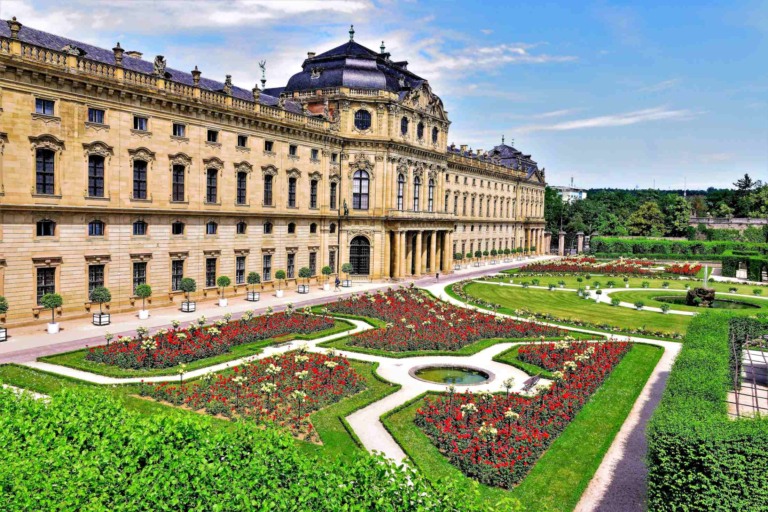
Würzburg Residence with its Court Gardens and Residence Square offers a fascinating experience for history and architecture enthusiasts. Visit Würzburg Germany!
Germany Places. German Places. Historical Landmarks. UNESCO World Heritage Sites. Best places to visit in Germany. German Heritage. Where in Germany.

Würzburg Residence with its Court Gardens and Residence Square offers a fascinating experience for history and architecture enthusiasts. Visit Würzburg Germany!
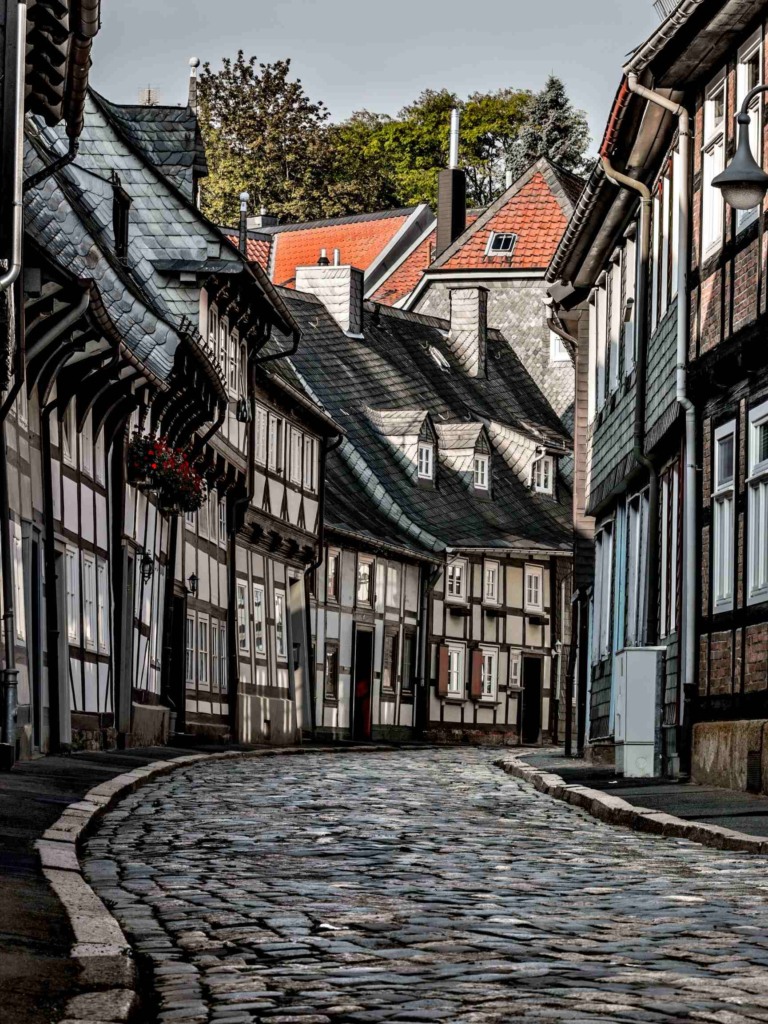
Rammelsberg Mine Goslar Town Harz Water System consists of three interconnected components that showcase the historical importance of mining in Germany.

Bauhaus Sites Weimar Dessau Bernau: Six separate sites make the Bauhaus and its Sites in Weimar, Dessau, and Bernau UNESCO World Heritage Sites in Germany.
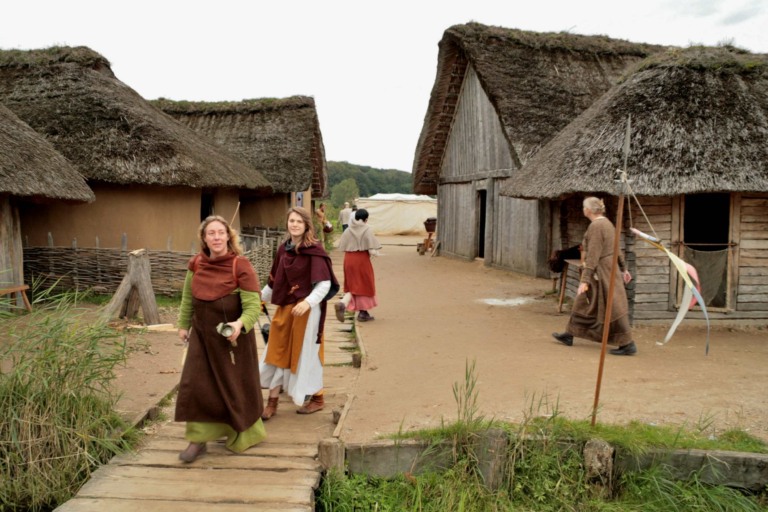
Archaeological Border Complex Hedeby Danevirke: Archaeological Border Complex of Hedeby and the Danevirke is a UNESCO World Heritage site located in Germany.

Berlin Modernism Housing Estates are a group of residential complexes in Germany that comprise six housing estates, showcasing architectural and social ideals.
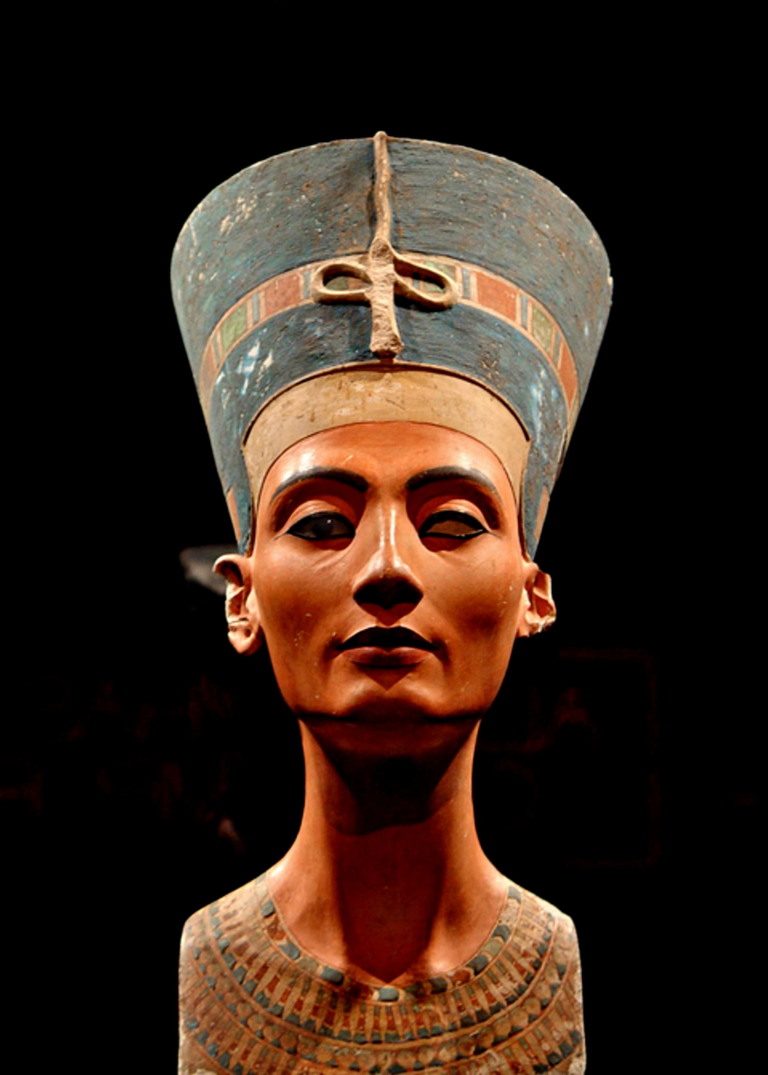
Museumsinsel, aka Museum Island, is located in the heart of Berlin, Germany, and has a fascinating history that dates back to the 19th century. The concept of creating a museum complex on the island was proposed in 1830 by the Prussian King Friedrich Wilhelm III, who envisioned it as a center for art and science. The Altes Museum, designed by Karl Friedrich Schinkel, was completed in 1830 and serves as the starting point of the Museumsinsel ensemble. The Neues Museum, designed by Friedrich August Stüler and opened in 1855, showcases a wide range of Egyptian and prehistoric artifacts. Designed by Friedrich August Stüler and completed in 1876, the Alte Nationalgalerie (Old National Gallery) houses a remarkable collection of 19th-century art. The Bode Museum, named after its first curator, Wilhelm von Bode, was constructed between 1897 and 1904. The Pergamon Museum, completed in 1930, is the most famous and visited museum on Museumsinsel.
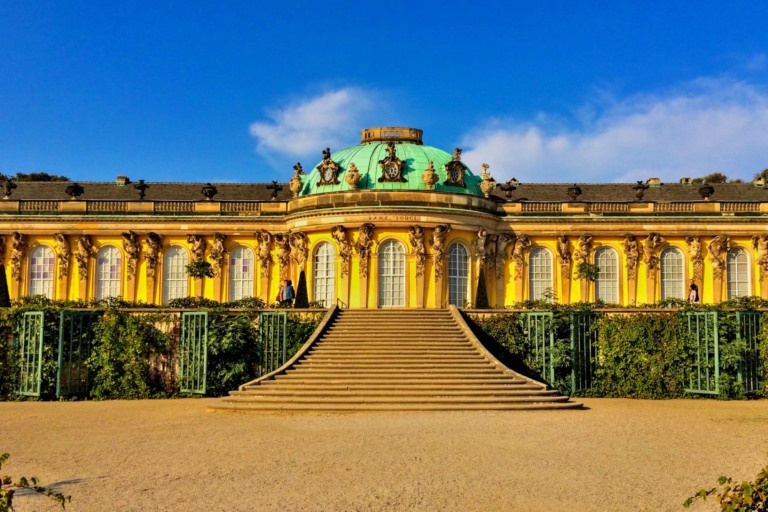
Palaces and Parks of Potsdam and Berlin showcases the rich historical and cultural heritage of the German capital and its neighboring city of Potsdam.

Erzgebirge/Krušnohoří Mining Region: Its rich mining history, technological advancements, and cultural traditions developed around mining activities.

The Collegiate Church, Castle, and Old Town of Quedlinburg are located in the town of Quedlinburg, in the Harz Mountains of Germany. This UNESCO Site encompasses three main components: the Collegiate Church of St. Servatius, the Quedlinburg Castle, and the Old Town itself. At the heart of the Quedlinburg World Heritage Site is the Collegiate Church of St. Servatius. This Romanesque church was founded in the 10th century and expanded over time. It is dedicated to Saint Servatius, a 4th-century bishop. Perched on a hill overlooking the town, Quedlinburg Castle played a significant role in the history of the region. Initially built as a fortress in the 10th century, it was later expanded into a residence for the German kings and emperors during the early Middle Ages. Quedlinburg played a crucial role in the Christianization of the region, with the Collegiate Church serving as an important religious and cultural center.
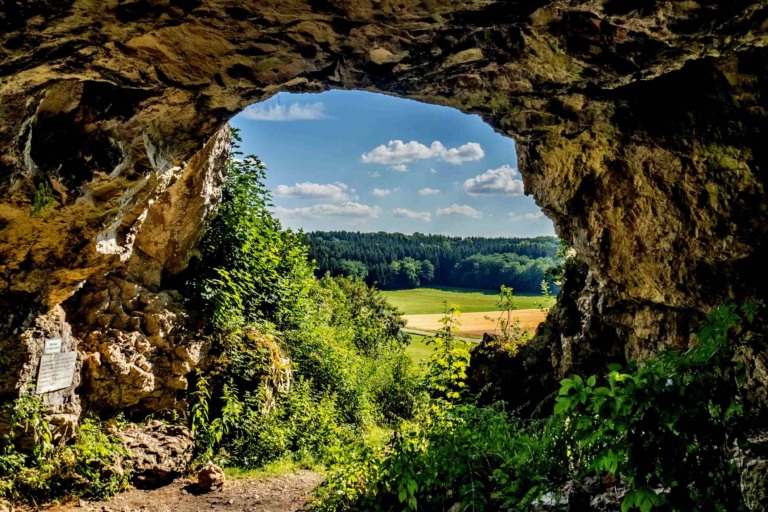
Swabian Jura caves Ice Age Art: Caves and Ice Age Art in the Swabian Jura in Germany is renowned for its exceptional archaeological discoveries, particularly the oldest known figurative art and musical instruments created by early humans during the Ice Age. The caves of Hohle Fels, Vogelherd, Bockstein, and Geißenklösterle are among the key locations within the site. These caves have yielded a wealth of artifacts, including intricately carved figurines, ivory flutes, and other musical instruments. The most famous discovery is the Venus of Hohle Fels, a small female figurine carved from mammoth ivory, estimated to be over 40,000 years old. The Pleistocene epoch spanned from approximately 2.6 million to 11,700 years ago, when early humans, known as Homo sapiens, roamed the Earth, adapting to the harsh environments of glacial periods. The Swabian Jura offered a unique setting for human settlement due to its limestone caves, providing shelter, resources, and a canvas for artistic expression.
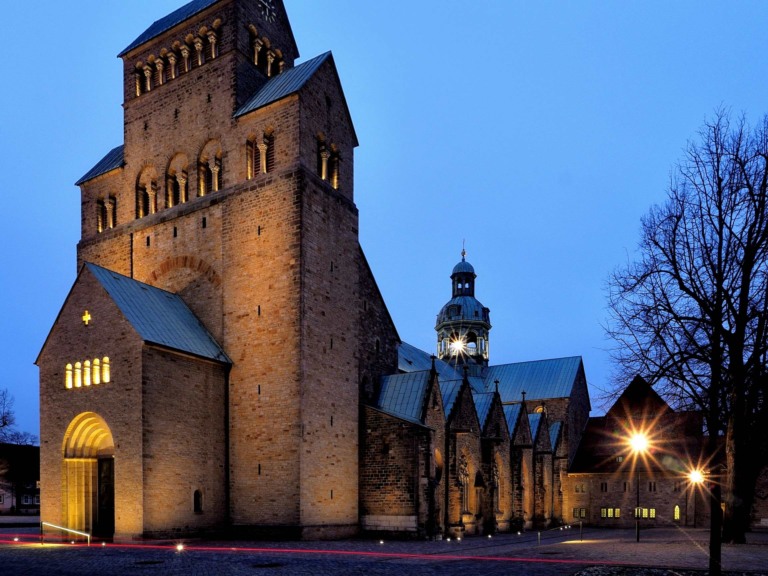
In Hildesheim, Germany, there are two important church buildings: Hildesheim Cathedral and St. Michael’s Church. Hildesheim Cathedral was built in the 9th century and has been fixed up and added to many times since then. The Bernward Doors, which are huge bronze doors with pictures from the Bible and are considered masterpieces of medieval art, are one of the most famous parts of the church. There are also many medieval works of art in St. Mary’s Cathedral, such as the Hezilo chandelier, the Christ column, and the Triumphal Column. Another impressive church building in Hildesheim, St. Michael’s Church, was built in the 11th century and is famous for the way it combines Romanesque and Ottonian types of architecture in a way that no other building does. The church is known for its tower, which is about 100 meters (328 feet) tall and has a lot of paintings and reliefs on it.
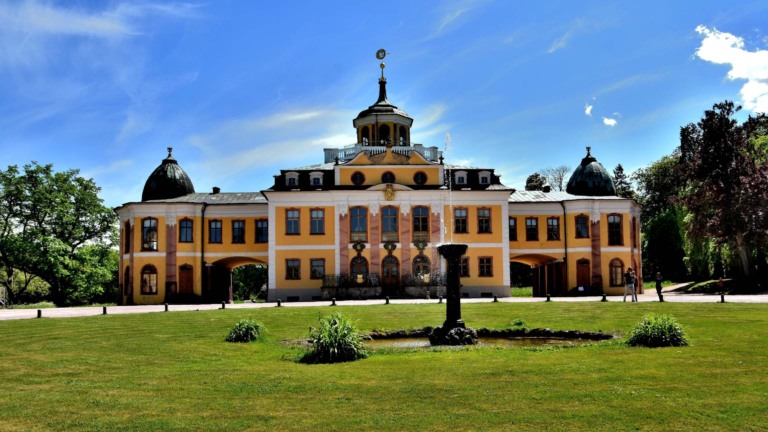
Classical Weimar, also called Klassisches Weimar, is an area in and around the city of Weimar that was named a UNESCO World Heritage Site in 1998.